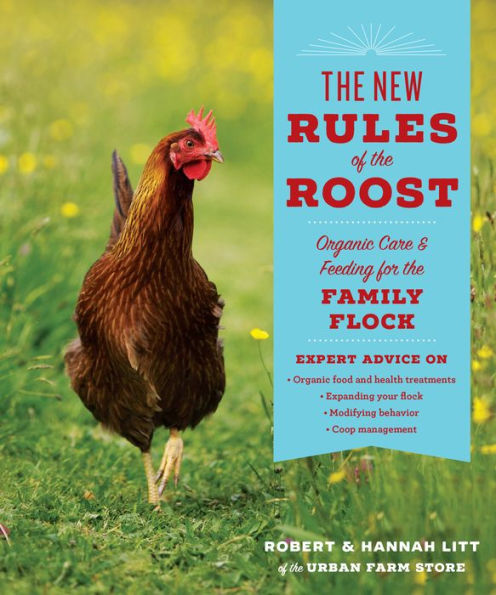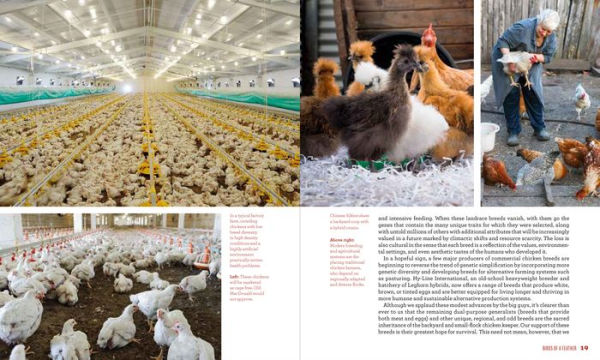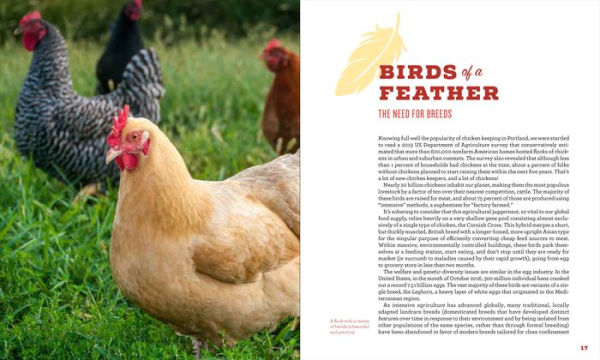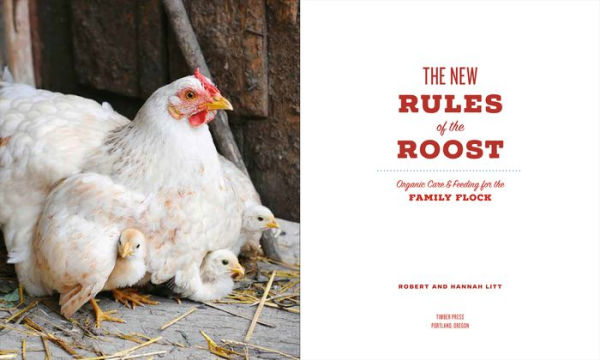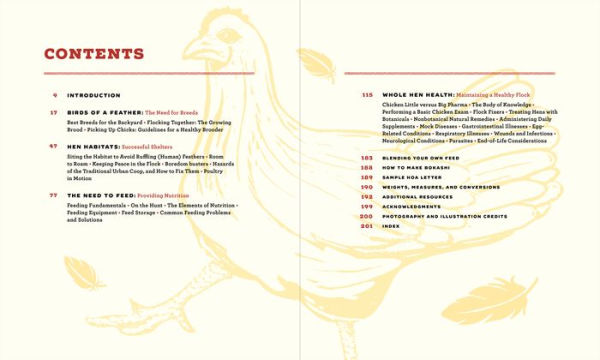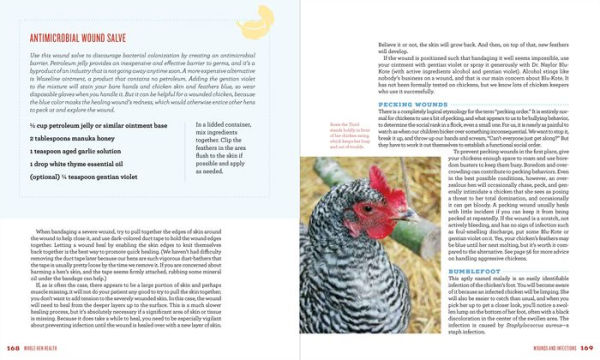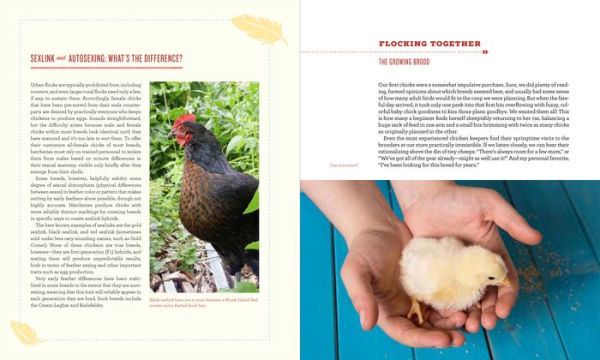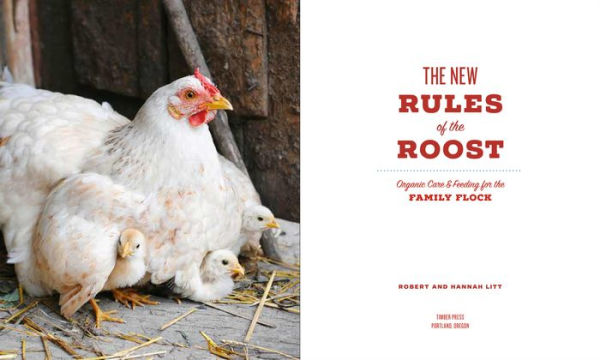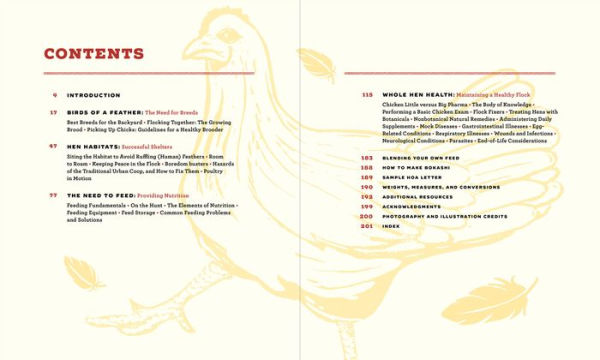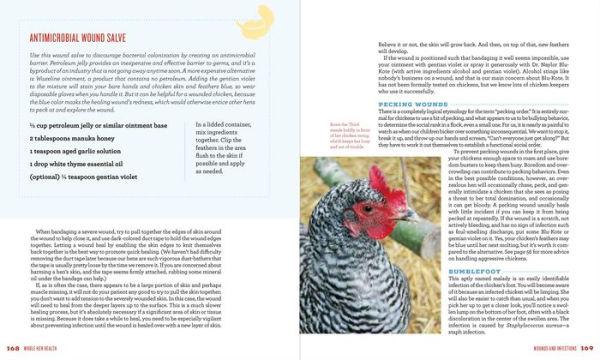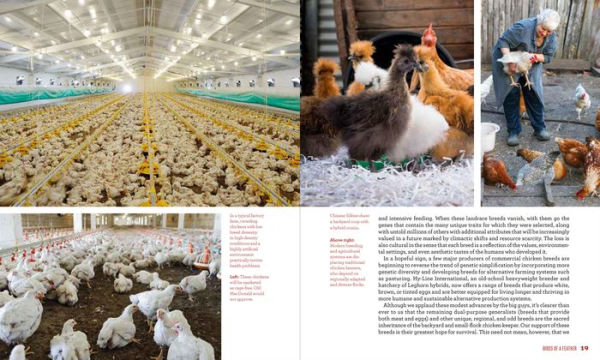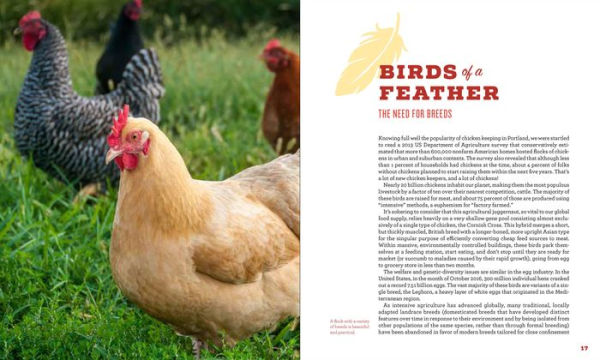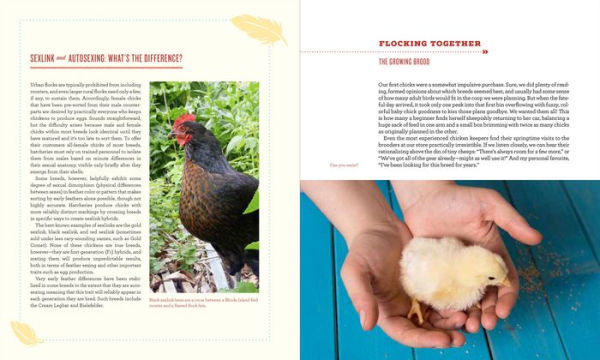The New Rules of the Roost: Organic Care and Feeding for the Family Flock
“The Litts offer the best organic methods for keeping backyard chickens safe and healthy.” —Gail Damerow, author of The Guide to Raising ChickensThe New Rules of the Roost goes beyond the basics and addresses the real problems that crop up over time with backyard chickens. This hardworking guide covers a wide range of topics including organic health remedies and disease prevention, pest management, organic nutrition, the best breeds for specific needs, and the simplest options for daily maintenance and feeding. You'll also learn tips and tricks for introducing new birds into your flock, managing aggressive behavior, caring for mature chickens, and much more.
"1127009326"
The New Rules of the Roost: Organic Care and Feeding for the Family Flock
“The Litts offer the best organic methods for keeping backyard chickens safe and healthy.” —Gail Damerow, author of The Guide to Raising ChickensThe New Rules of the Roost goes beyond the basics and addresses the real problems that crop up over time with backyard chickens. This hardworking guide covers a wide range of topics including organic health remedies and disease prevention, pest management, organic nutrition, the best breeds for specific needs, and the simplest options for daily maintenance and feeding. You'll also learn tips and tricks for introducing new birds into your flock, managing aggressive behavior, caring for mature chickens, and much more.
19.95
In Stock
5
1

The New Rules of the Roost: Organic Care and Feeding for the Family Flock
208
The New Rules of the Roost: Organic Care and Feeding for the Family Flock
208
19.95
In Stock

Product Details
| ISBN-13: | 9781604698183 |
|---|---|
| Publisher: | Timber Press, Incorporated |
| Publication date: | 07/10/2018 |
| Pages: | 208 |
| Product dimensions: | 7.50(w) x 8.90(h) x 0.70(d) |
About the Author
From the B&N Reads Blog













